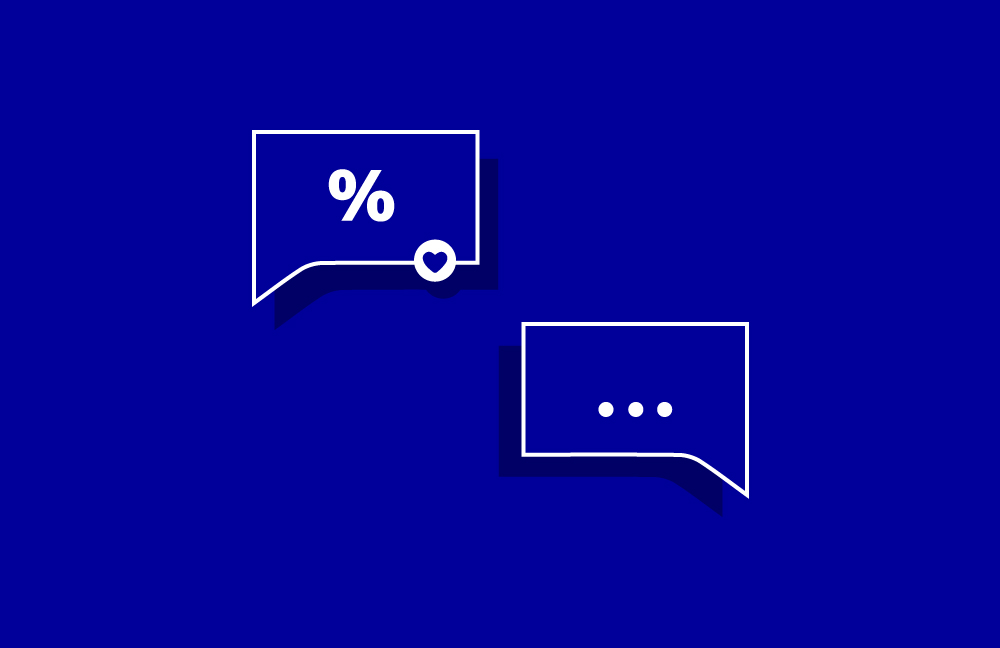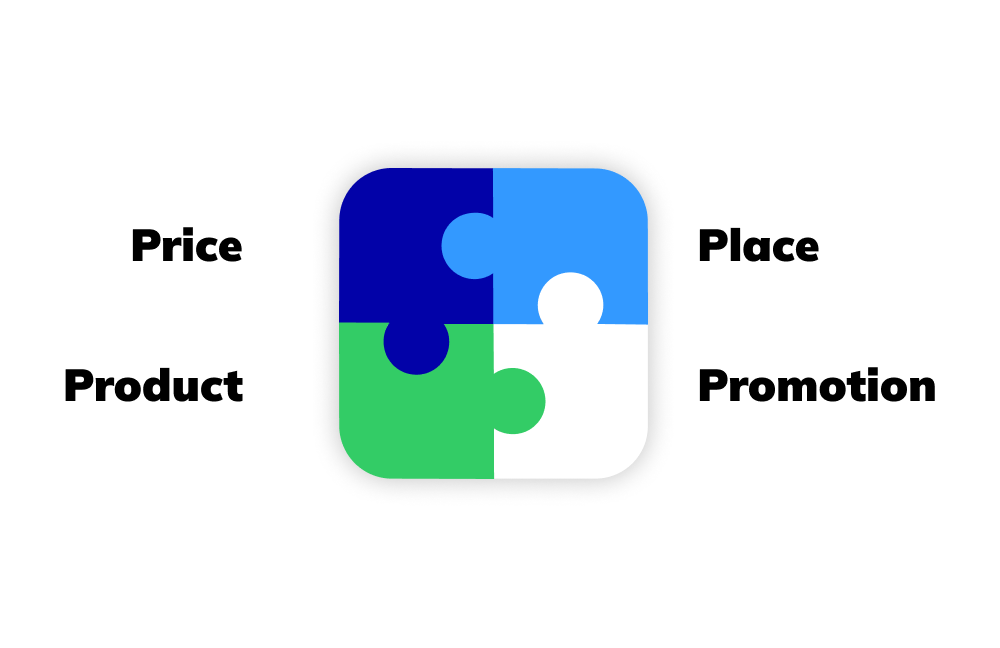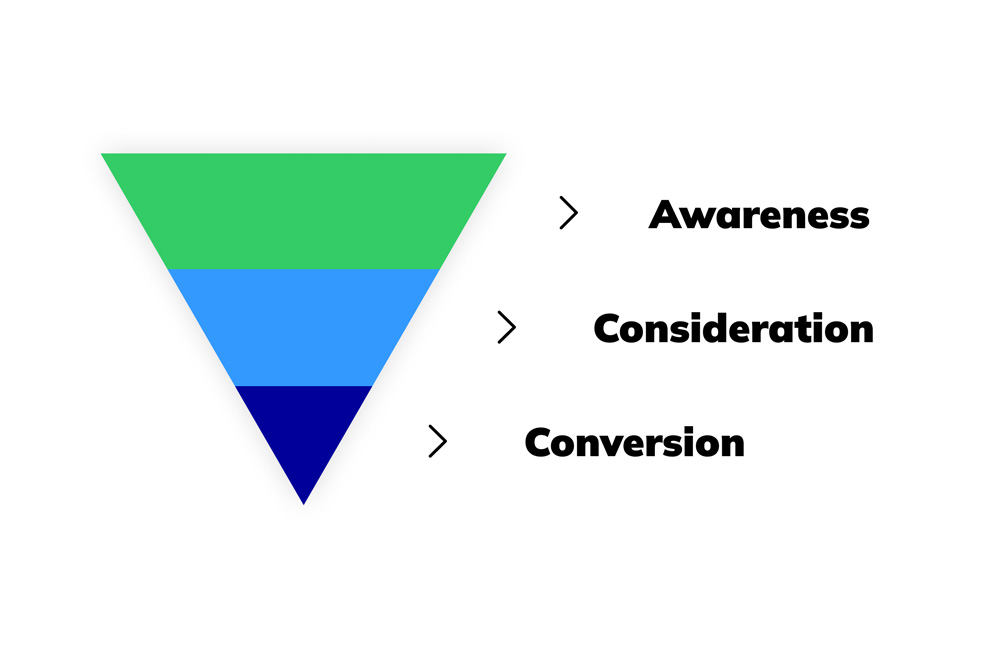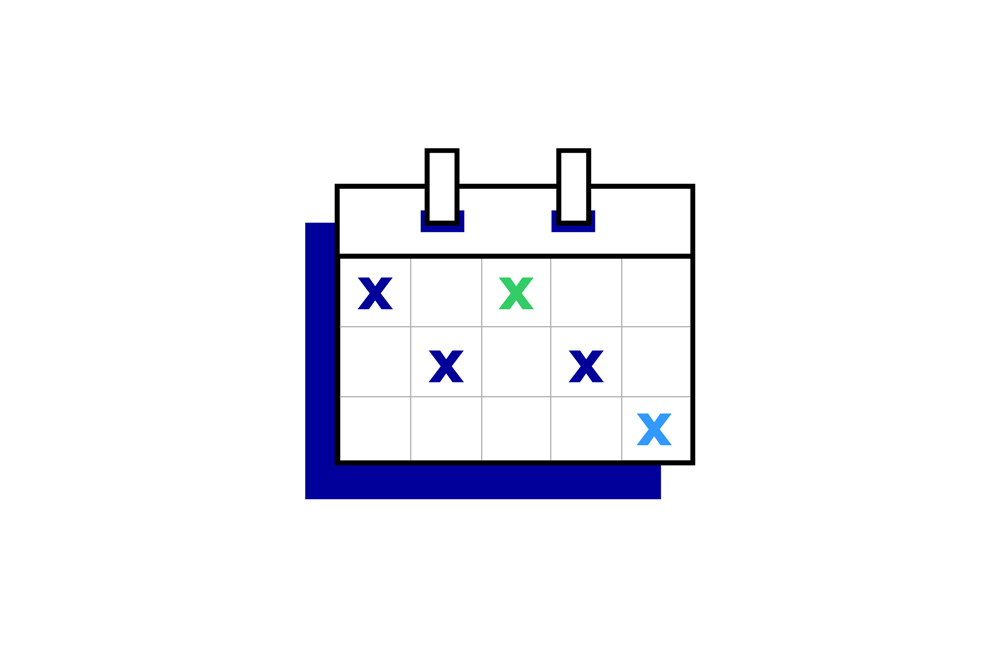E-commerce's Key to Success: Social Media Strategy for Driving Conversions

Who is Darius Gerulis?
Meet Darius Gerulis, a dynamic social media marketing expert and sought-after lecturer. With a wealth of experience in sales and a proven track record of helping online stores across industries skyrocket their success, Darius is here to be your guide in creating a winning social media marketing strategy.
Get ready to learn from the best and transform your e-commerce presence today!

Something to keep in mind
Don't have time to read the whole post? We've got you covered with a free cheat sheet! Get the key takeaways in a flash.
Every business is different
One size does NOT fit all, as all businesses are unique. In this blog post, you will receive guidance on how to plan and implement a social media strategy to drive sales.
Ultimately, however, it will be for you to decide what specifics suit your business best.
Conversions are important, but there’s more to it
Everyone wants a good reputation, action, and conversions right away from a product alone. However, it's important to remember that other factors influence your growth too.
For your business' sake, you need to have the following prepared:
- Market research
- Analysis and historical data about the brand
- Strategic business direction
- Understandable and clear positioning
- A clear activity model
- Client support plan
- A well-defined business plan
- Brand book
- Company values
In a nutshell, every brand needs a story and a lot of businesses forget to complete this preparation. Today we'll cover the essentials to help you drive conversions!
All roads lead to the web
Whatever you do, be it online or offline, the traffic that you get should always lead to your website.
Started a social media ad campaign or posted something witty on Twitter? Add links!
Got some screen time on TV or favourable PR? Mention your website!
Marketing isn’t only online
It’s true – digital marketing is a powerful tool.
But let’s not forget the big picture and remember that the traditional approach of the 4Ps (Price, Product, Place, Promotion) still very much applies.
The idea is to simply lead people where you want them to be – your website, the place where potential clients can buy what you offer.

Make sure that the website works well
Now that you’ve got so far and received traffic – you don’t want people to leave your website.
Unfortunately, no matter how great your social media strategy is, you won’t get the results you desire if your website is old-fashioned, doesn’t load fast enough, and is hard to navigate.
Nowadays, a loading speed of 1 or 2 seconds is already too slow for most people, and they simply leave. If you want to avoid that – make sure that your website is optimised.
Understandably, it sounds like a lot, and you're probably wondering where you should start. Don’t worry – Darius Gerulis will guide you there step by step.
Start with a goal
The first thing you should do is come up with a goal that will help you test a specific hypothesis. Sounds easy enough, right?
Consider what your business needs right now. While some will set awareness as their goal, others will aim for traffic or even go for direct conversions.
How to formulate the right goal?
A good communication goal is…
- Relevant for social media channels.
- Measurable. The results are tangible, show numbers, and can be connected with the sales process and other statistics (e.g. Google Analytics).
- Smart. It has to be consistent with and complement not just the marketing, but the overall business activities.
Types of goals
When it comes to daily communication on social media, the KPIs differ between goals for organic content and ad campaigns on social media.
Content KPI can measure:
- User engagement with the Engagement rate percentage.
- The number of people who saw your content with Reach and Frequency.
And don't worry! All social media channels share these statistics with page administrators at no cost.
Advertisement KPI is a bit different and can measure:
- The number of people who remembered the content of the ad. It can be measured with the Ad Recall Lift percentage.
- The number of visitors that were led to your website would be measured with Landing Page Views.
- The number of leads would only be calculated if you set up your ads to collect contact information, and it would be displayed under the Leads/Sales metrics.
It's also worth mentioning email marketing. Organic and paid KPIs for email marketing are also measured differently:
- If you include an offer or a call to action, your Content KPI would be the Click Rate for links or coupons.
- Campaign KPI could be measured by Open Rate percentage and Click Rate percentage.
Goal example
But enough with theory! Here's a specific, real-life example.
Let's say that your goal is to…
Modernise your communication with a new website, new look, and new creative approach.
Then it would be a good idea to measure your endeavours by…
Checking if there's more traffic to your website – 5-10% more with the same budget.
Traffic management: the road to purchases
Now you have a goal and appropriate KPIs to measure your progress. It's time for you to find out how your communication efforts can reach the right clients.
This is where a funnel comes in – the holy grail of social media strategy.
What is a funnel and how does it work?
Simply put, a funnel is a strategic and effective way to navigate your business to conversion.
The funnel consists of TOFU (Top of Funnel), MOFU (Middle of Funnel), and BOFU (Bottom of Funnel). Let's discuss each one of them and how they connect.
Awareness (I see). This is when a person hears about your business for the first time, perhaps they just saw your logo or noticed your social media post. Here you'll want to measure Reach and find out how many people saw it.
Consideration (I think). You can now use remarketing advertising. Perhaps this person saw your review or a video. And so, in small steps, this person is getting closer to you and further down the funnel.
Conversion (I do). This is the part when the same person receives a specific offer. Some companies want to save up and simply display an offer right away, skipping the awareness and consideration steps. It's understandable, but it is crucial to plan the full funnel. There are different ways to use it.

Check out a specific suggestion on how Darius Gerulis would plan his funnel stages.
Communication funnel example
Step 1: Traffic. Buy traffic to your website and chose the audience based on their interests, e.g. sports and cars. Pick the demographic criteria, e.g. men who live in Vilnius, age range 34-54, and add lookalike audiences. This should cost you 1-3% of your planned budget.
Step 2: Traffic. Buy another advertisement, just like the first one, and set traffic to your website as the goal. Except, this time the ad will be displayed not to the whole audience, but only to the ones who already visited the website and perhaps already saw specific pages with offers. If you like, you can also add the audience of our Facebook followers.
Step 3: Conversions. By now, the ones who saw your ads are most likely warmed-up to the idea of buying from you. It's time to release an ad with a very specific offer and CTA (call to action). Remember to use actionable words, such as 'Click here' and 'Buy now'.
Write down KPI for each funnel stage
The KPI for each stage and the numbers will depend on your business and overall goals, but just to give a general idea, here's an example of how it could look.
- KPI for Awareness – Impressions, +2,000,000 Reach.
- KPI for Consideration – Engagement, +1.0% Engagement Rate/per Q
- KPI for Conversion – Lead Gen, CPL (Cost per Click)
To sum up, when you have a funnel, write down all steps and line them up with a specific KPI.
A friendly recommendation: Don’t stick with one KPI. Choose one specific KPI for one specific campaign and another for daily/organic communication.

Traffic management: planning
Congratulations, now you have your communication funnel! So how do you plan it? And why?
Why plan it and how to do it
First, it's important to emphasise this: unplanned content leads you down the funnel.
Also, unplanned content creation is more costly in terms of both time and money. It gets much easier when you plan your content. It can even be planned a month ahead and then implemented a lot more effectively.
For example, it could be a good idea to plan five main topics that you want to communicate about and make sure that they match your brand identity.
As soon as you have your topic, the next step would be to assign specific days for specific topics. Monday could be dedicated to sharing an employee's portrait, Tuesday could be the day of company success stories or evidence of expertise, and the day for educating about your products and services could be Wednesday.
As soon as you have a structure, you can plan what kinds of ads can be released and when. If you do everything spontaneously, you won't be able to make the different elements and posts match together, so the communication quality decreases.
On a side note, here's another very important recommendation: Use the spaces, and make the visuals full-screen when they show up on social media. It will improve the user experience significantly!

Software and skills
To make your life easier, here's a summary of tools and skills needed for communication development.
For an in-house designer, all Adobe Creative Cloud programs are crucial. Also, Photoshop for photos and Illustrator for design are unavoidable.
For an agency, prepare texts in Google Docs – that way it's easy to access for everyone and stays available longer.
Advertising tools – Facebook ads, LinkedIn ads, and Google ads.
For tracking statistics – Reports, Google Trends, Google Analytics.
Advertising statistics – Facebook pixel, Google Tag Manager, SEO
And finally, nowadays, having an employee who is tech-savvy and understands internet culture is extremely relevant – this person can save your brand from embarrassing communication decisions.
Content for different platforms – what to prepare?
Effective communication requires consistency and clarity. If you want to avoid your potential customer's confusion and build their trust – make sure that your information on all different channels is updated at the same time.
More specifically, all your online platforms should have the same logo, headline, background visual, and description of services.
Deadlines and reports
Yet another thing to define – how often will you or your colleagues check the reports?
Ideally, someone in charge of ads for e-commerce should monitor the ad performance every day. This person would check how the ads are performing, optimise them if needed, and carry out additional testing. At the very least, it's in your own best interest if you review the reports every month.
Additionally, you should also check the progress of your campaigns every 6–12 months and see if it aligns with the business goals. Perhaps something changed, and the strategy should be revised?
Traffic management: testing advertisement
It's testing time! A/B testing, to be more precise.
This means that you're about to find out how to test and compare two different samples to pick the one that will bring you the best results.
What can be tested?
Contrary to popular belief, it isn't just the visuals that you can test. There are a lot of options out there, such as:
- Texts
- Messages
- Audiences
- Channels
- Communication
- Visuals
- And even the strategy itself!
Don’t be afraid to experiment and start with smaller segments of audiences that interest you. It's also worth mentioning that diversifying shouldn't be frowned upon either – if you always advertise to the same audience you’ll just spend more money, so look at it as a real experiment that requires an open mind.
A/B test example
Here's a scenario.
Your company wants to display an ad to two target audiences and compare which one of them is more responsive.
The first step will be to choose specific demographics, for instance, people from big cities vs people from small towns. Test which audience costs less – that is the goal, and this test should cost you 15% of the planned budget.
The second step is to pick the audience that paid off more and now test different versions of visuals. Everything else should stay the same – the same text, the same link. Once again, you'll want to find the cheapest option and dedicate 15% of the planned budget.
Finally, use the best audience with the best visual for the next ad campaigns and this time you can use the rest of the budget for it – 70%.
Throughout this process, remember to apply the testing based on the goals that were set earlier.
Important tools before you start testing
Facebook Pixel. It will connect the visits and actions performed on your website with Facebook ads.
You will be able to show the ad to people who already visited your website or find similar people. The tool will also enable you to reach out to a person who added something to the cart and left.
Google Analytics (GA). It will display the number of website visitors, and how they found your website.
Google Analytics also allows you to gain more in-depth knowledge about their behaviour on your website. Metrics such as Bounce rate and average session duration will indicate if your website is performing well.
UTM builder will make your life a whole lot easier and enhance the planned social media marketing strategy. Here's what it can do for you:
- Tracking. When you use UTM parameters, Google Analytics can monitor the ad traffic and where it’s coming from. You can assess it for a campaign or specific ads.
- Measuring. You can easily assess how people who got to your website through the ad are behaving. Perhaps they spend a lot of time on one page, or maybe they leave after a few seconds.
- Filtering. If you use UTM parameters often, they will help you to filter the traffic that comes from paid and organic posts, newsletters, PR, and others.

Two crucial factors for success
As you plan your social media marketing strategy, two main big-picture factors must always be present in this process.
Empathy
What does a member of your audience want? What problems is this person facing? It’s not all about money and just your product, create solutions to problems that your audience is facing and you will succeed.
Hear, feel, and understand the customer.
Uniqueness
Be more interesting than others – that way your advertisement will be noticed, and it will cost less.
To stay unique, you’ll need to understand what is displayed on your ideal client’s screen. What is this person interested in? Who’s showing them the ad that catches their attention?
There are always alternative options that a client falls in love with instead of you. Find out why.
Competitor analysis
This brings us to competitor analysis.
It's possible that your competitors already know something about your target audience that you don't and there's a way to learn about it.
Go to the Facebook ads library, pick a country, choose all ads, and type in the names of your competitors. You’ll see their advertisement activities – what is being bought, what isn’t, and how their ads look in general.
Sum up their strengths and weaknesses – what they’re doing well, and what badly. Apply it to your business and your social media strategy. Seek inspiration, but without copying them.


